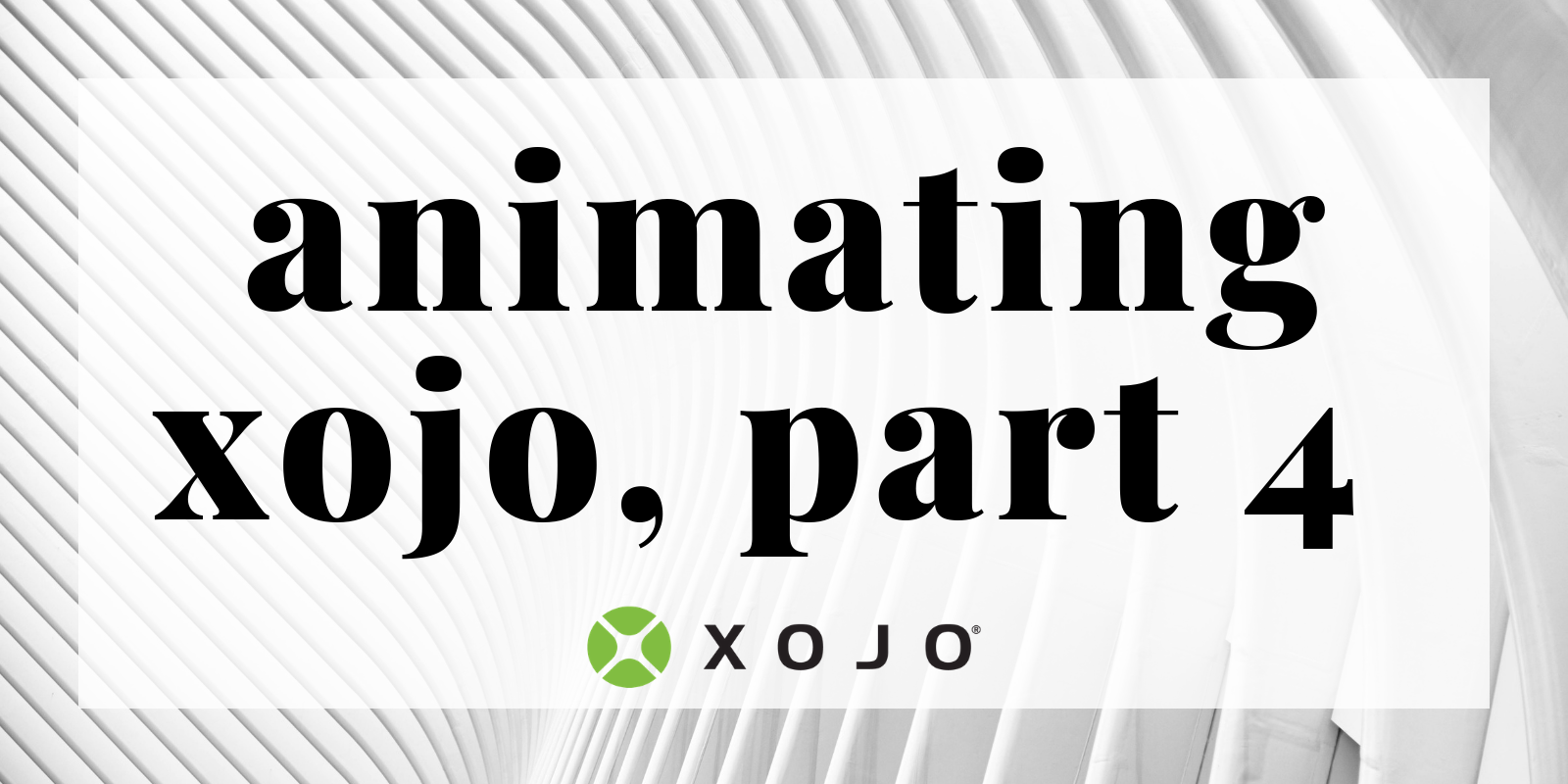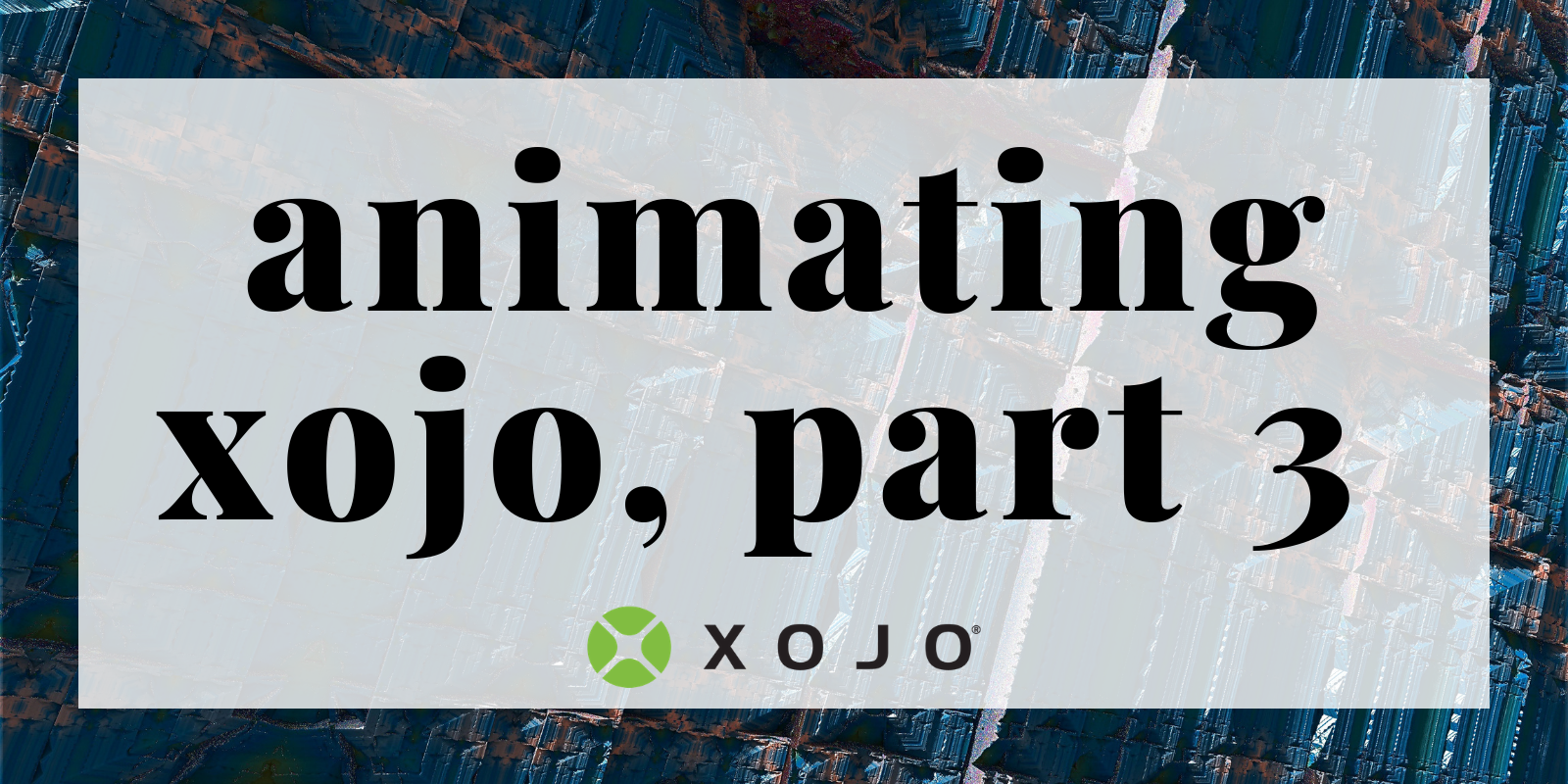Ever wondered how to create those sleek, professional-looking loading animations you see in modern apps? In this blog post, we’re going to unlock the power…
Comments closedTag: Animation
Composing new controls using primitives is something you definitely want to explore. Let’s build a reusable vertical navigation, with animations, for your Xojo Web projects using the Atomic Design Methodology.
Comments closedHere’s a fun little project you can try to get a feel for some simple animation in your iOS and future Android apps.
Comments closedLearn to create a solar system in Xojo with the help of the MBS Xojo Plugin component SceneKit. SceneKit is an Apple framework that supplies functions for graphic and animation designs.
Comments closedIn this final part in his 4 part series on Animating Xojo, Anthony Cyphers covers easing, which can make the most drab User Interface interactions beautiful.
Comments closedIn Part 1 we covered the basic history of animating in Xojo using pre-calculated chunks to modify the width of our component. In Part 2…
Comments closedContinuing with what we previously learned in Animating Xojo, Part 1, this version introduces the use of linear interpolation to calculate the current stage of the animation at each step, plus switching to a Dictionary object for variable storage to setup for future parts in this series.
Comments closedOne of the fun things I get to do regularly is build animations into Xojo desktop components. While incredibly rewarding when you get it right, it can be a long road.
Comments closedSometime ago a Xojo user asked if it is possible to use Xojo Web to create the kind of animated menus seen in several regular websites. After some investigation (and the invaluable help of Greg O’Lone), the answer is: yes, you can do that! If you are interested in seeing how to achieve this, continue reading!
Comments closedThis tutorial will show you how easy it is to create animations on components of Xojo web apps, thanks to the use of the Style Editor and the WebAnimator class. Learn how to do a fade effect between two images that you can expand and adapt to your web apps.
In order to recreate this fade effect we’ll mainly use a couple of styles (WebStyle class) to set the initial status for each one of our images (instances from the WebImageView class). These will be overlaped in the web page, sharing the same position. Then we’ll add a button to the web page so it will fire the animation every time it is clicked.
Comments closed




